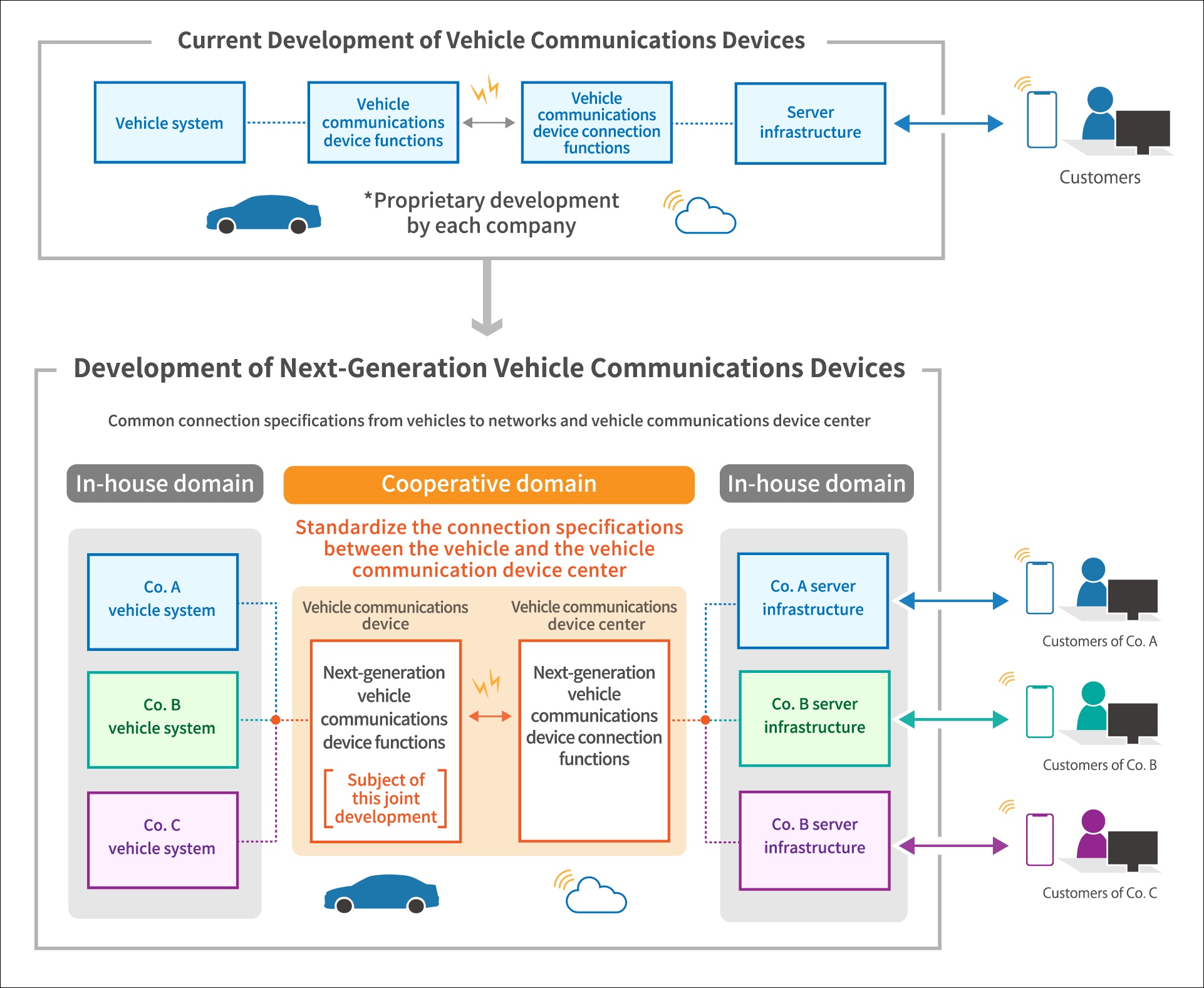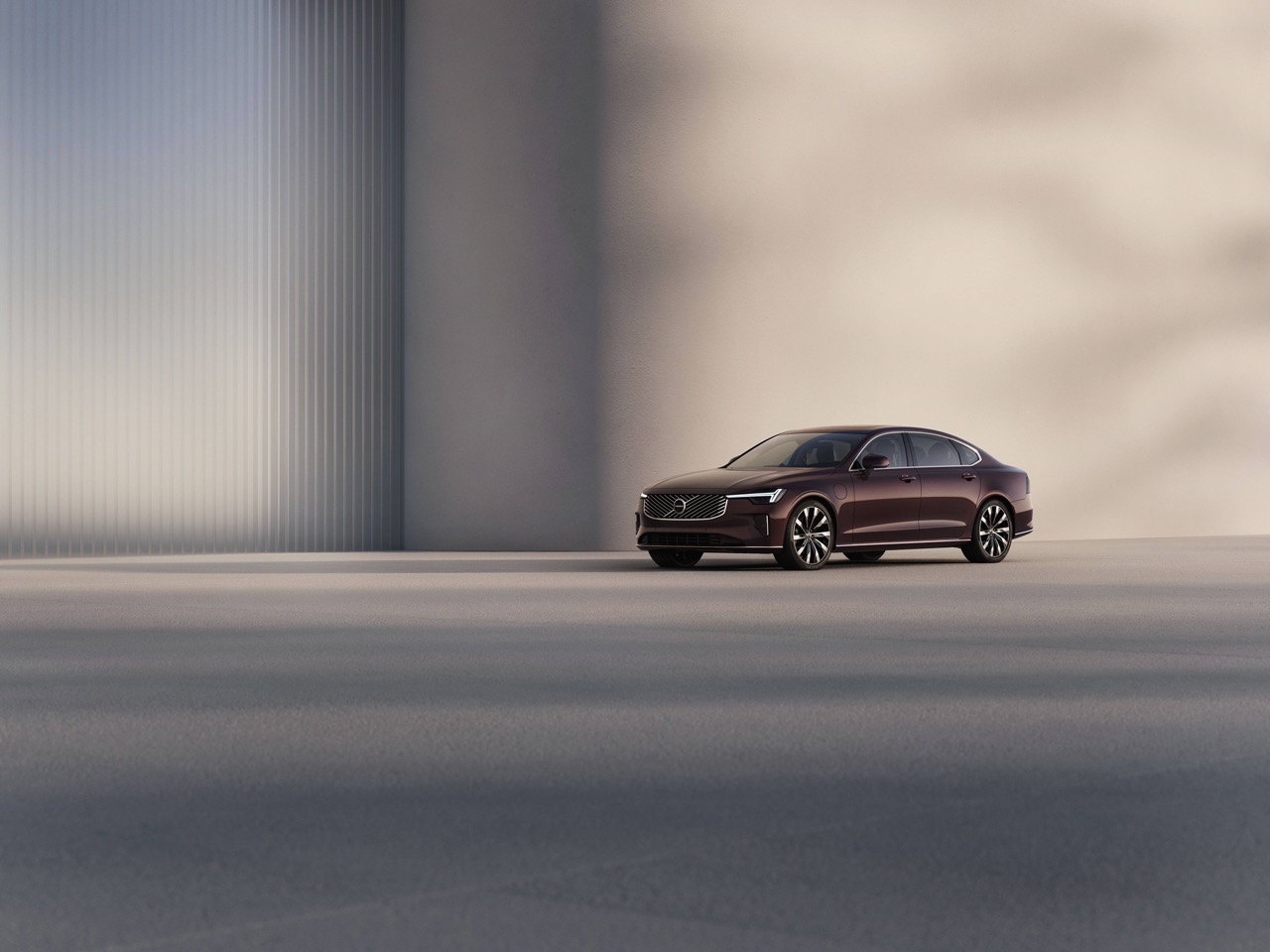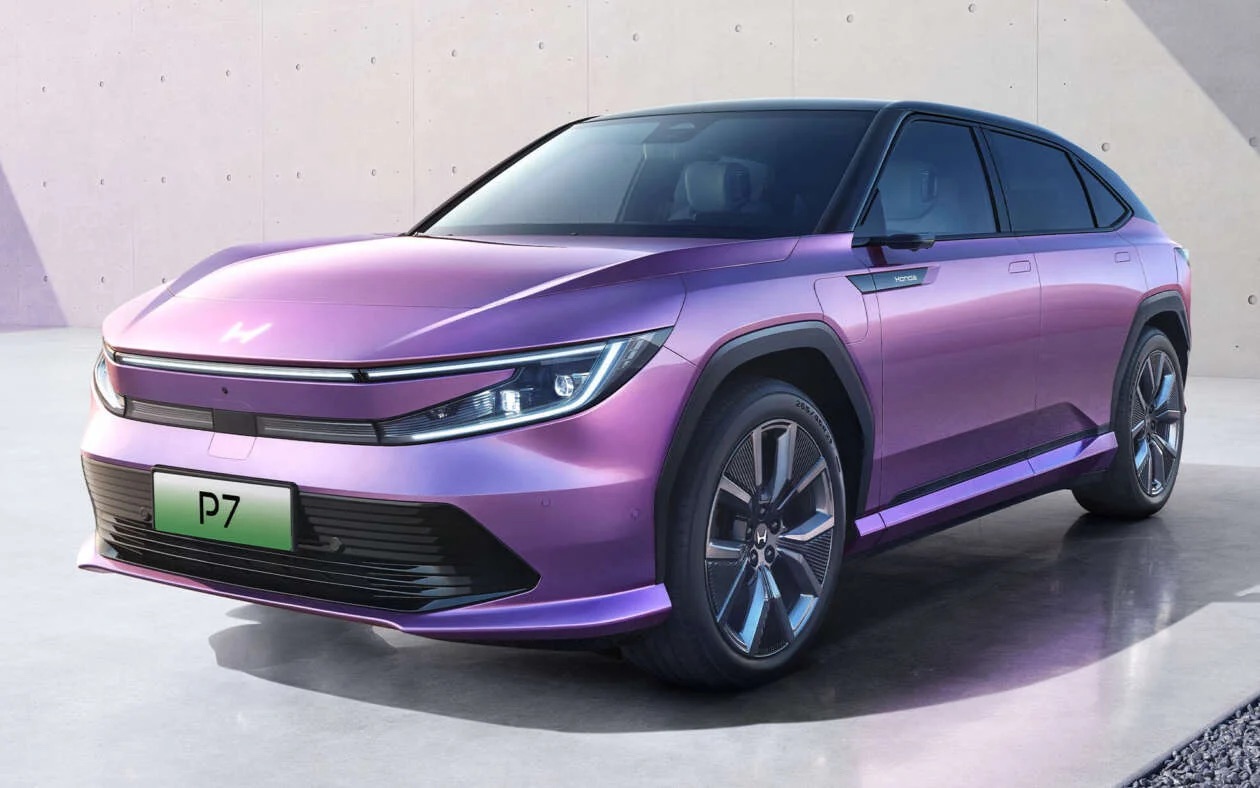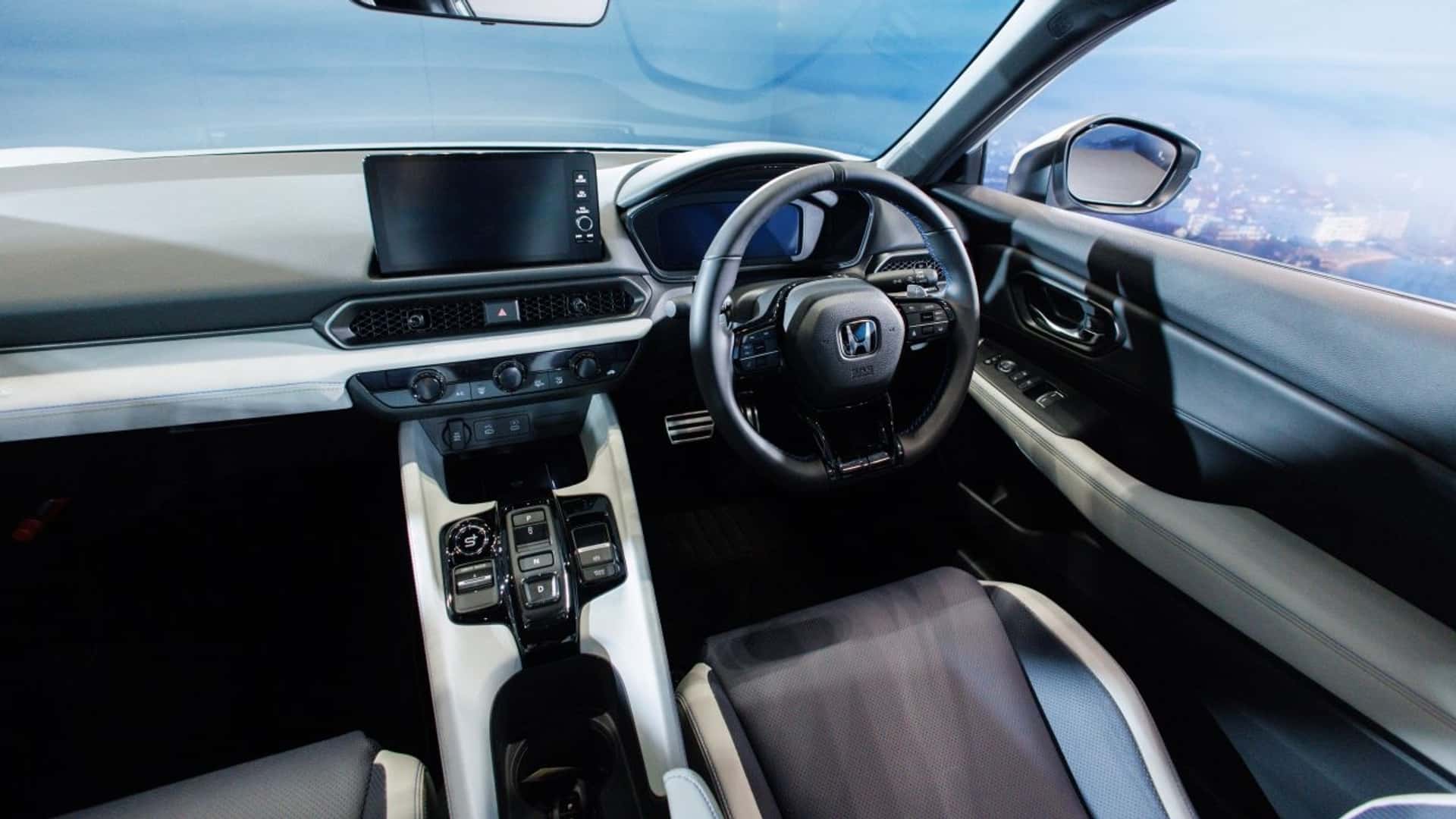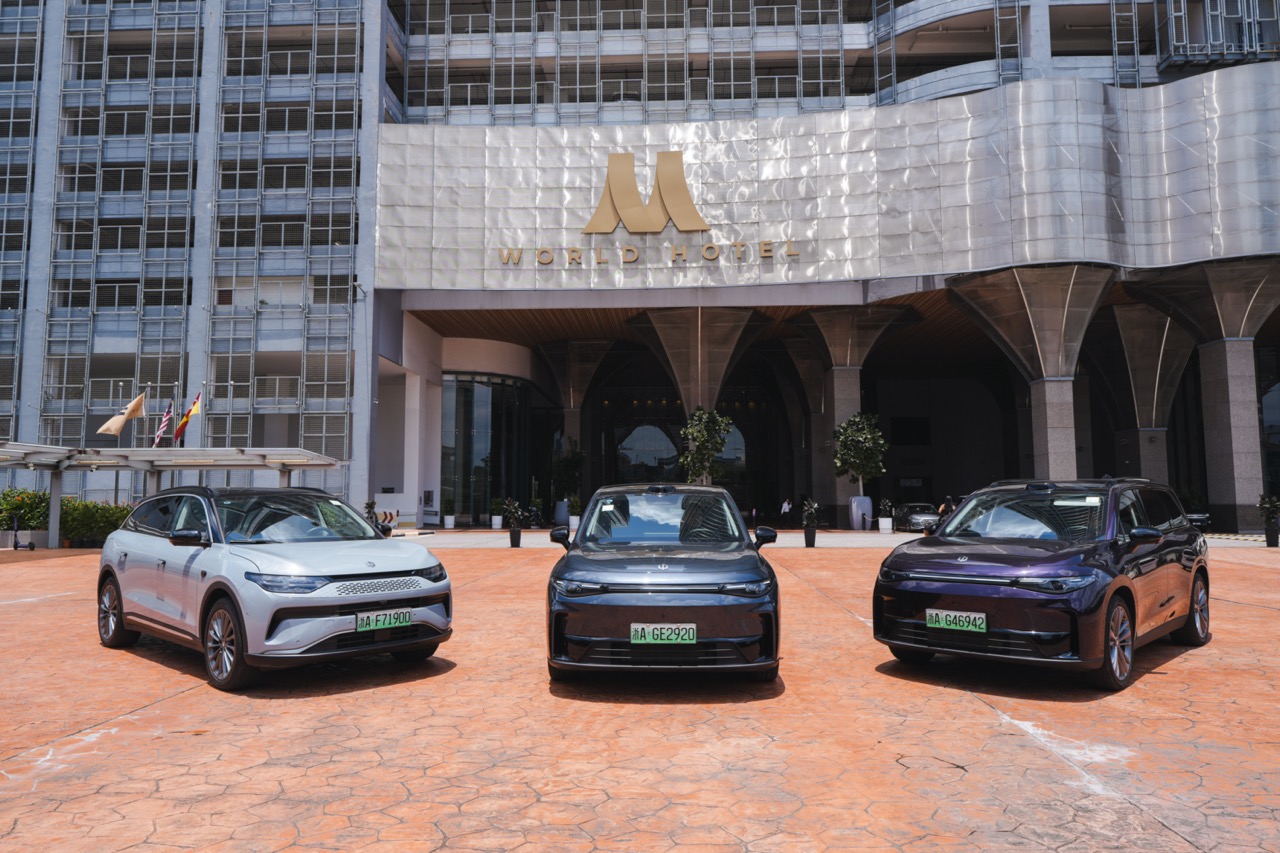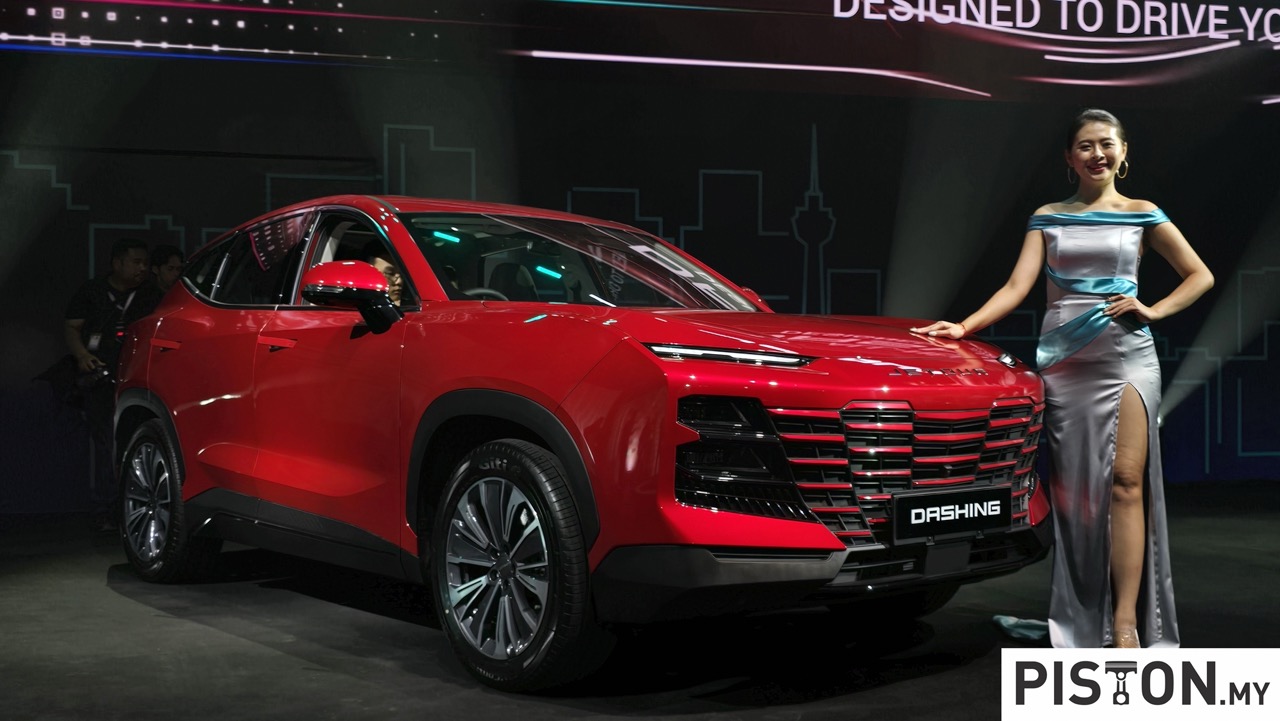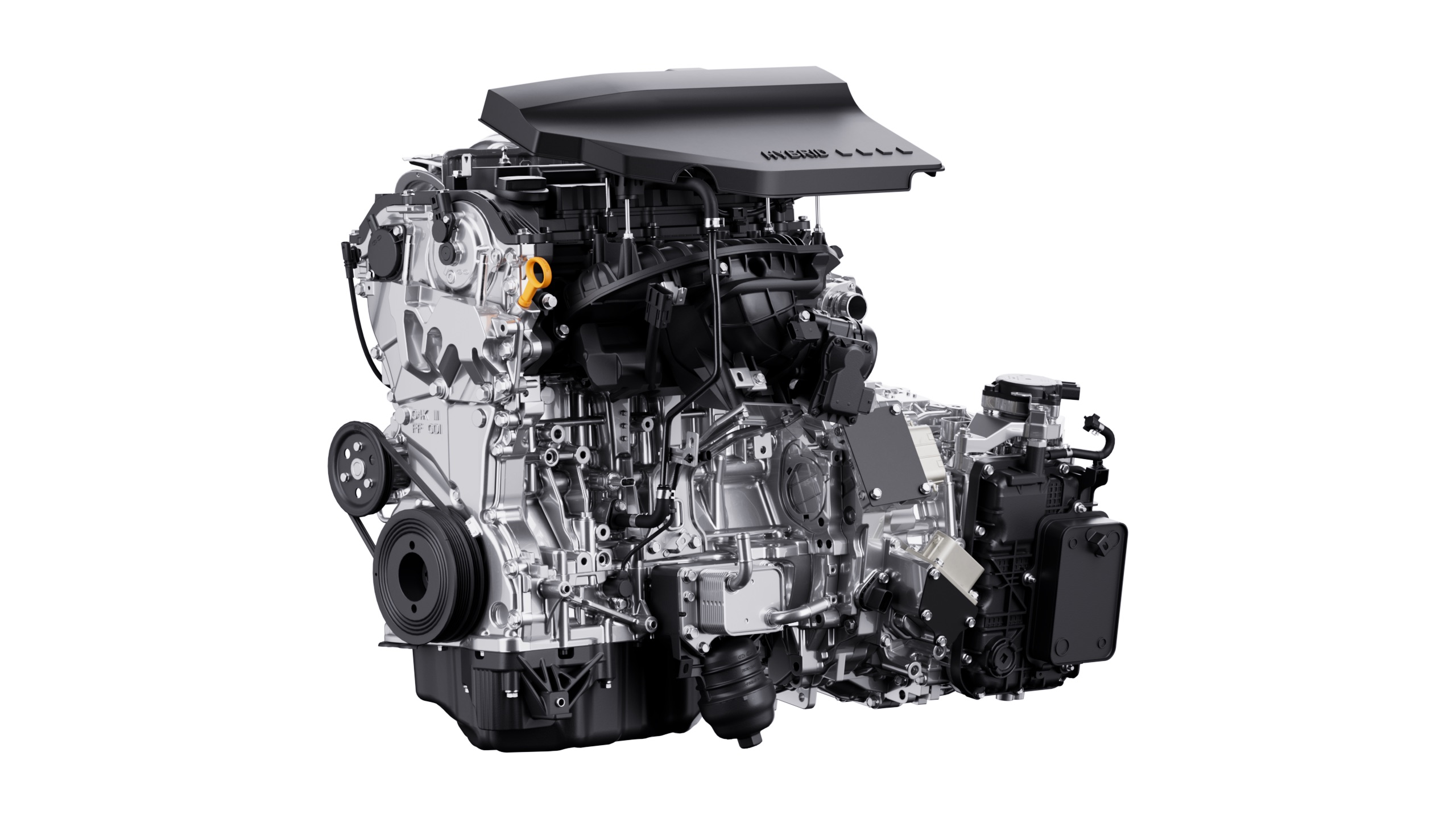The auto industry has been developing autonomous vehicles that can operate on their own, without human control, and sometime in the future, perhaps all vehicles on the road will move around autonomously. However, besides imagery and sonar scanning to detect other vehicles and road-users so as not to knock into them, vehicles can also communicate with each other to enhance safety.
For example, if there is an accident around a blind corner, vehicles near it can broadcast the hazard and other approaching vehicles can take appropriate action to slow down. Likewise, at junctions, communications between vehicles could greatly improve safety and avoid accidents.
In order for this to be possible, there must be a common communications system that all vehicles can use and this is now being developed. Suzuki Motor Corporation, Subaru Corporation, Daihatsu Motor, Toyota Motor Corporation and Mazda Motor have reached an agreement to jointly develop technical specifications for next-generation vehicle communications devices and to promote the common use of communications systems.
Linking automobiles and other related elements
These systems will use connected services to link automobiles and other related elements with the aim of creating new appeal, value and services, to be standardized for early provision of safer and more convenient connected services.
Within the field of CASE (connected, autonomous/automated, shared, and electric), which is said to be bringing about major transformations in the automotive industry, rapid advances are being made in the connected domain, in relation to the communications and data aspects of technology and business including cloud services, Internet of Things (IoT), Big Data, and AI. Individual automobile manufacturers are independently developing vehicle communications devices, and even in cases where the same connected services such as remote operation functions are provided, each company is adopting a different approach in proceeding with development and deploying relevant resources.
Safer and more convenient connected services
In response to these circumstances, the companies can provide safer and more convenient connected services to customers as early as possible, by positioning the development of vehicle communications devices, which are basic functions of the connected car, as a cooperative domain; positioning the development of applications and services as an in-house domain; and achieving greater efficiency and accelerating the development of vehicle communications devices. Each company can focus more on the development of applications and services on this common infrastructure through these steps.
Having a common communications system is vital as individual systems will create a fragmented infrastructure. It can be likened to the establishment of the common Windows operating system. In the early years of computers, there were different operating systems and users could not easily communicate with each other, or even exchange data. Once the Windows system (or MS-DOS) became a common system, companies could focus on developing software that was compatible and this led to faster growth for the industry.
At this time, Suzuki, Subaru, Daihatsu, and Mazda, while incorporating their own technologies into the base vehicle communications technologies developed by Toyota, will together build systems for next-generation connected cars with common connection specifications from vehicles to networks and the vehicle communications device centre.
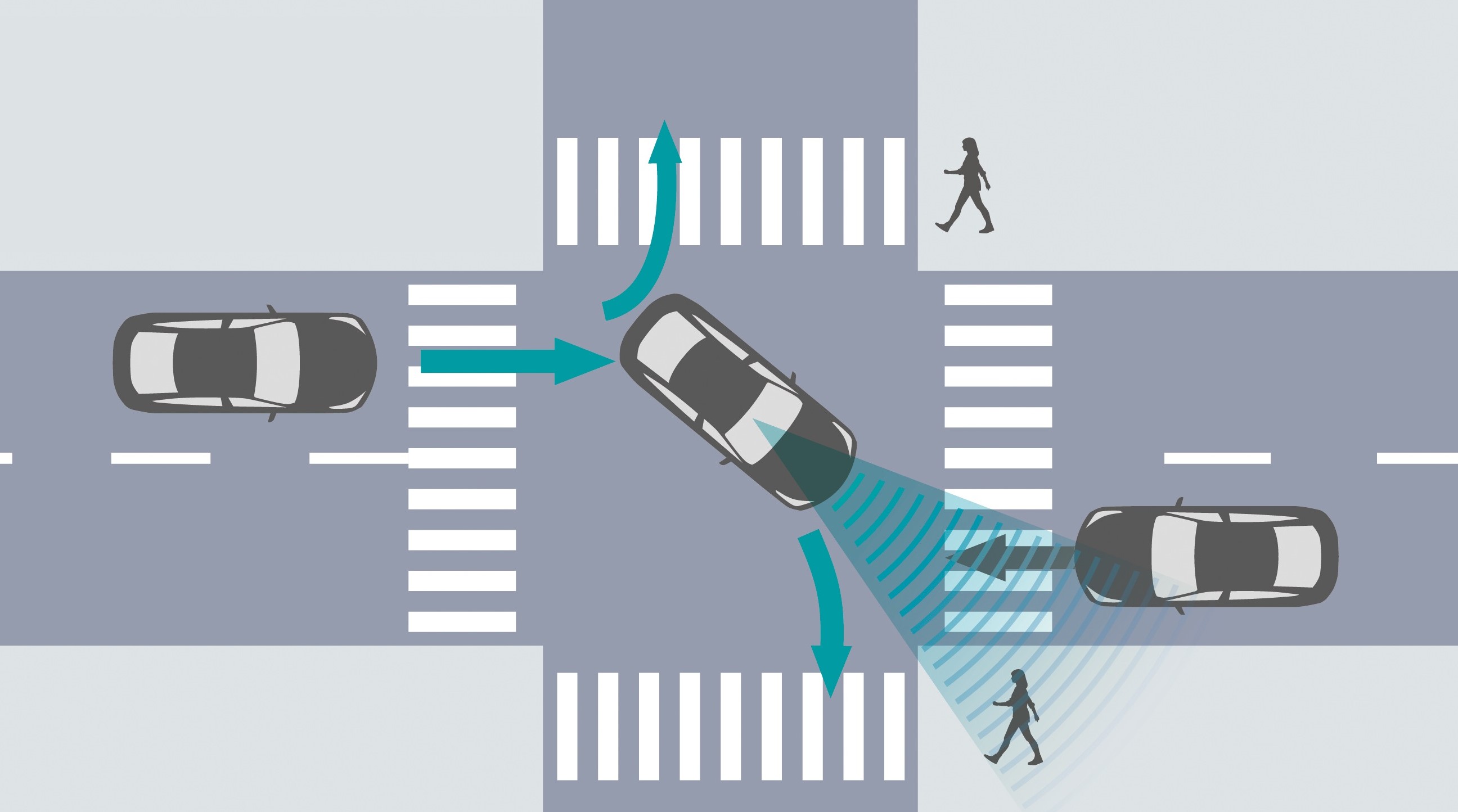
Optimizing R&D resources
As a result, by stabilizing the communication quality between vehicles and vehicle communications device centre further, it will be possible to provide more convenient connected services to customers, such as clearer calls between customers and operators and faster connection speeds. At the same time, it will be possible to reduce the development burdens of each participating company and simplify system operation and version upgrades that include additional new functions, thereby optimizing resources such as facilities and personnel.
The 5 companies will openly consider collaboration with other like-minded partners regarding the joint development agreed on at this time while continuing their efforts to develop services that enrich the lives of people and solve social problems.
Hino, Isuzu and Toyota to form new partnership in Commercial Vehicle Development






